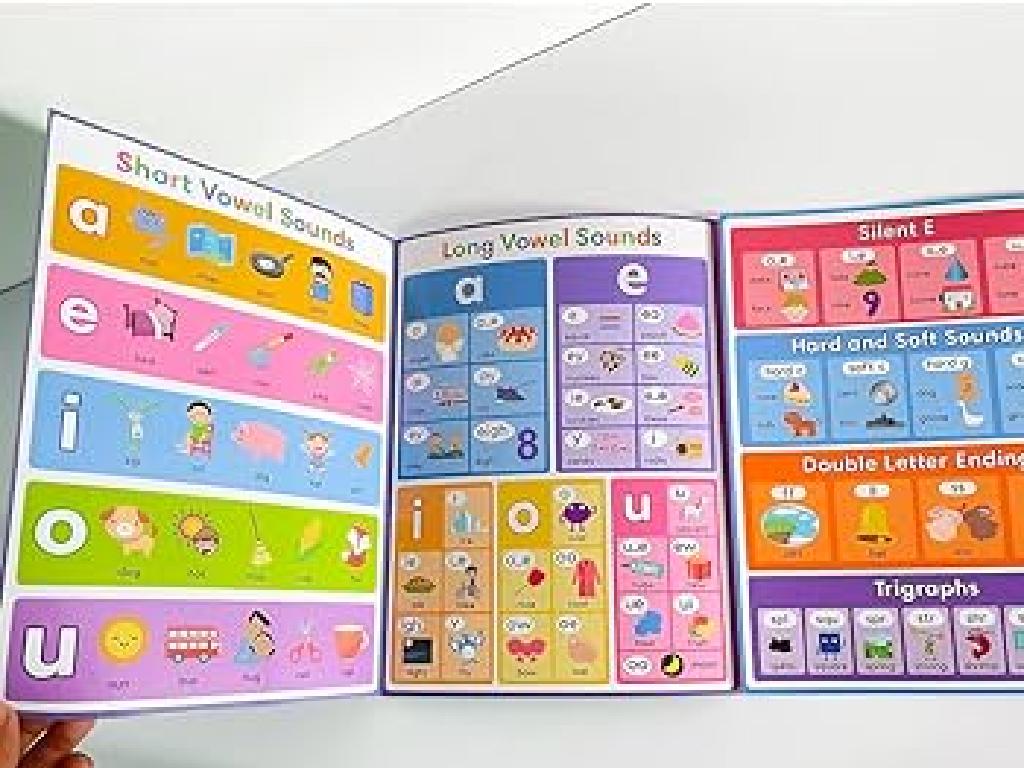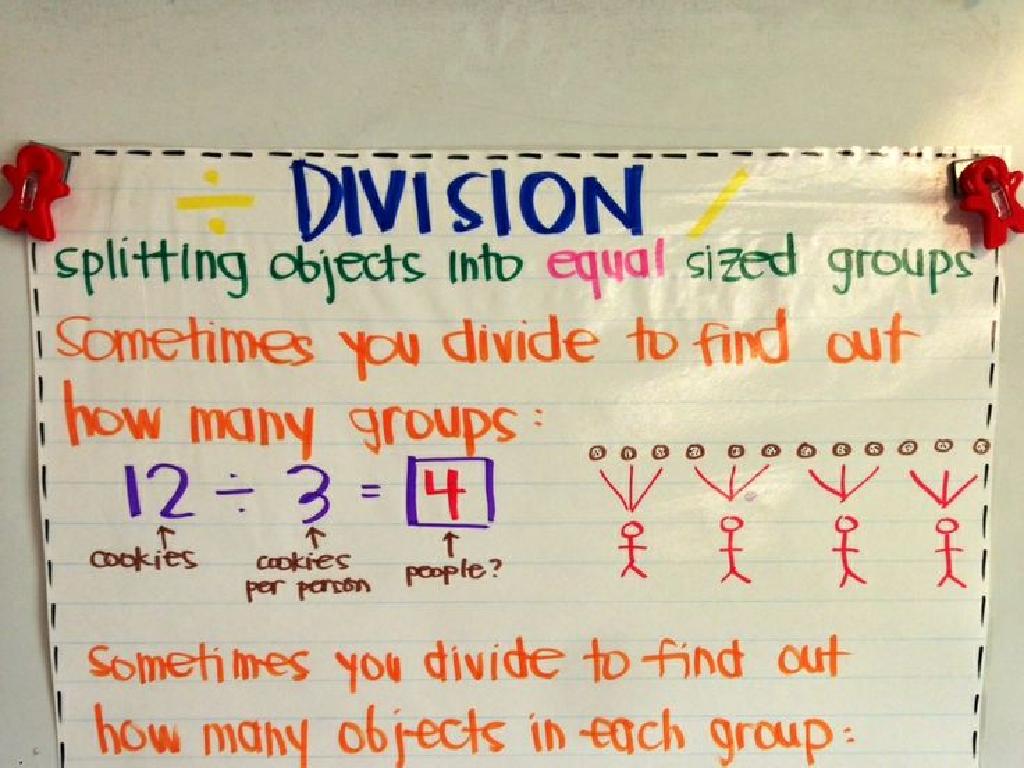The Civil War: The First Battle Of Bull Run To Gettysburg
Subject: Social studies
Grade: Fourth grade
Topic: The Civil War And Reconstruction
Please LOG IN to download the presentation. Access is available to registered users only.
View More Content
Understanding the Civil War
– What was the Civil War?
– A war between Northern and Southern states from 1861-1865
– Major U.S. historical event
– Reasons to learn about the Civil War
– Helps us understand how America united
– Impact on America’s future
– The war shaped rights and freedoms we have today
|
The Civil War was a pivotal conflict in United States history, fought from 1861 to 1865 between the Northern states (Union) and Southern states (Confederacy) that seceded. This slide aims to introduce students to the Civil War, emphasizing its significance as a major event that shaped the nation. It’s important for students to learn about the Civil War to understand the historical context of America’s development, the struggle for civil rights, and the impact it had on the country’s future. Discuss the reasons behind the war, including the fight over states’ rights and slavery. Highlight how the war led to the abolition of slavery and eventually paved the way for civil rights advancements. Encourage students to think about how the outcomes of the Civil War continue to influence American society today.
Causes of the Civil War
– Main causes of the Civil War
– Disagreements over states’ rights, slavery, and economic differences.
– North vs. South differences
– The North had more factories, while the South had more farms and relied on slavery.
– States’ rights explained
– Some states believed they could make their own laws, including allowing slavery.
– Slavery as a cause
– Slavery was a major issue that divided the nation and led to conflict.
|
This slide aims to introduce students to the complex causes of the Civil War. Begin by discussing the various factors that led to the war, emphasizing the disagreements over states’ rights, the institution of slavery, and the economic differences between the North and the South. Explain how the industrialized North differed from the agrarian South, which relied heavily on slave labor for its economy. Clarify the concept of states’ rights, where states wanted to govern themselves and make their own rules, including those about slavery. Highlight that the issue of slavery was a central and contentious issue that contributed to the start of the Civil War. Encourage students to ask questions and think about how these differences could lead to such a large conflict.
The First Battle of Bull Run: A Turning Point
– First major Civil War battle
– Marked the start of serious fighting
– Fought in Virginia, July 1861
– Near Manassas, first clash of armies
– Union defeat, Confederate victory
– Shocked the North, boosted the South
– Signaled a long, tough war ahead
– Showed both sides needed preparation
|
The First Battle of Bull Run, also known as the First Manassas, was the first major battle of the Civil War, signaling the start of serious conflict. It took place in Virginia on July 21, 1861. The battle resulted in a Confederate victory, which was a significant morale booster for the South and a wake-up call for the North, indicating that the war would be longer and more difficult than initially anticipated. This battle demonstrated the need for more preparation and training for both the Union and Confederate armies. When discussing this battle, emphasize the surprise and confusion experienced by both soldiers and civilians, and how this event set the tone for the war that followed.
Life of a Civil War Soldier
– Daily life of soldiers
– Routine: wake up, drills, meals, and letters home
– Soldier uniforms and food
– Wore blue or gray uniforms, ate hardtack and salt pork
– Living conditions in camps
– Slept in tents, faced harsh weather, and diseases
– Soldier roles and duties
– Fought in battles, stood guard, and helped in camp
|
This slide aims to give students a glimpse into the everyday life of soldiers during the Civil War. Discuss the daily routine, including drills and chores, and the importance of letters from home as a morale booster. Explain the significance of uniform colors and the typical diet of soldiers, highlighting the lack of fresh food. Talk about the living conditions, such as sleeping in tents and dealing with the elements and illness. Finally, outline the various roles soldiers had, from fighting on the front lines to maintaining the camp. Use this opportunity to compare and contrast the life of a soldier with the students’ daily lives to foster empathy and understanding.
Path to Gettysburg: Key Battles and Strategies
– Major battles before Gettysburg
– First Bull Run, Antietam, and more set the stage
– North vs. South strategies
– North aimed to blockade and control rivers; South used defensive tactics
– Geography’s role in battles
– Mountains, rivers, and railroads shaped battle outcomes
– Gettysburg’s turning point
|
This slide aims to give students an overview of the events and strategies that led to the Battle of Gettysburg, a turning point in the Civil War. Discuss key battles such as the First Battle of Bull Run and the Battle of Antietam, which were critical in the lead-up to Gettysburg. Explain how the North’s strategy to blockade Southern ports and control rivers was met with the South’s strong defensive positions. Highlight how the geography of the United States, including significant natural barriers and transportation routes, played a crucial role in the outcomes of battles. Conclude with the significance of Gettysburg as a turning point in the war, setting the stage for Union victory. Encourage students to think about how different landscapes can affect the way battles are fought and won.
The Battle of Gettysburg: A Turning Point
– Gettysburg’s impact on the Civil War
– It marked the shift in momentum to the North.
– Key moments over three days
– Day 1: Union holds high ground. Day 2: Heavy losses on both sides. Day 3: Pickett’s Charge fails.
– The significance of Gettysburg Address
– Lincoln honored the fallen and redefined the war’s purpose.
– Lincoln’s words at Gettysburg
|
The Battle of Gettysburg is often considered the turning point of the American Civil War because it ended General Robert E. Lee’s second and most ambitious invasion of the North. It was the war’s bloodiest battle with 51,000 casualties. The battle lasted for three days, with significant moments including the Union’s defensive stand on Cemetery Ridge, the brutal fighting at Little Round Top, and the failed Confederate assault known as Pickett’s Charge. The Gettysburg Address, delivered by President Abraham Lincoln four and a half months later, is one of the most famous speeches in American history. In it, Lincoln reaffirmed the principles of liberty and equality, and the purpose of the war shifted to not just reuniting the country, but also to freedom and equality for all. This slide will help students understand the importance of Gettysburg in the broader context of the Civil War and American history.
The Impact of the Civil War
– Civil War’s effect on the U.S.
– The war changed the country politically and socially.
– Human cost of the conflict
– Many lives were lost; families and communities were affected.
– Steps towards Reconstruction
– Reconstruction was the process to rebuild and heal the nation.
– Healing a nation post-war
|
This slide aims to help students grasp the profound impact the Civil War had on the United States. Discuss how the war led to significant political and social changes, including the abolition of slavery and the eventual rights for former slaves. Highlight the human cost, emphasizing the loss of life and the deep scars left on American society. Explain that Reconstruction was the period after the war when the country started to rebuild and address the challenges of integrating freed slaves into society. Use this discussion to build empathy and a deeper understanding of the nation’s history.
Civil War Councils: Role-Play Activity
– Divide into Union & Confederate groups
– Role-play as military councils
– Discuss battle strategies
– Explain reasons for strategies
|
This class activity is designed to engage students in a role-play to understand the strategic planning that took place during the Civil War. By dividing the class into Union and Confederate groups, students will simulate a military council planning for the next battle. Encourage each group to think critically about the resources and information available at the time to make strategic decisions. Possible activities include drawing battle plans, writing speeches to motivate troops, or creating a list of supplies needed for the battle. The goal is for students to present their strategies and explain the reasoning behind their decisions, fostering a deeper understanding of the complexities of war planning and decision-making during the Civil War.
Reflecting on the Civil War Lessons
– Key takeaways from today’s lesson
– Importance of remembering the Civil War
– It helps us understand how our country healed and grew.
– Open floor for questions
– Share your thoughts and feelings
– How did the stories make you feel? Did anything surprise you?
|
This slide is meant to facilitate a reflective discussion on the Civil War, emphasizing the importance of understanding history to appreciate the progress and unity of the nation. Encourage students to think about what they’ve learned, such as key battles like Bull Run and Gettysburg, and the broader impact of the Civil War on American society. Highlight the significance of learning from the past to ensure a better future. Allow students to ask any lingering questions they might have and to express their thoughts or feelings about the Civil War stories and facts they’ve learned. This is a chance to reinforce the lessons and ensure the students have internalized the key messages.






